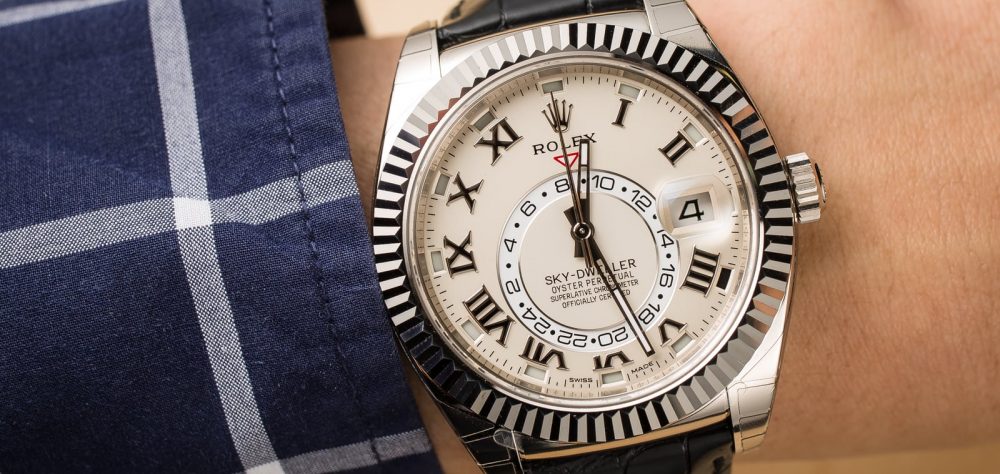— Glasgow 2014 offered a great opportunity to discover the Conquest Classic collection

Glasgow witnessed the Closing Ceremony of the XX Commonwealth Games on Sunday 3 August 2014. Mr. Charles Villoz, Vice President of Longines, attended this great show in the company of Glasgow 2014 Chairman Lord Smith of Kelvin. To honour the success of the event and the great collaboration, Lord Smith of Kelvin was presented with a Longines timekeeping bell by Mr. Villoz, created especially for the Games.
Longines has been the Official Timekeeper and Replica Rolex Watches of Glasgow 2014, the XX Commonwealth Games, as well as the Presenting Partner of the Gymnastics competitions. Over a period of 11 days of competitions, the Swiss watch brand put its skilled expertise in the service of the largest sporting event ever held in Scotland. It provided more than 190 timekeepers and 122 tonnes of equipment to support Glasgow 2014.

Mr. Charles Villoz, Vice President of Longines, and Lord Smith of Kelvin, Glasgow 2014 Chairman, at the Closing Ceremony of Glasgow 2014, the XX Commonwealth Games.
© Longines
The Official Replica Watches For Sale of the Games was a chronograph in steel from the Conquest Classic collection, housing an exclusive mechanical column-wheel calibre. With a diameter of 41 mm, its black dial is set with one arabic numeral and 11 applied indices with Super-LumiNova®. It displays the hours and the minutes, a small second at 9, a 30-minute counter at 3, a 12-hour counter at 6 as well as the date at 4:30. Just as the entire Conquest Classic collection, this timepiece is water-resistant to 5 bar and its screw-down case back is fitted with a sapphire glass.
Longines’ involvement in the Commonwealth Games dates back to 1962, when it was the Timekeeper of the event in Perth, Australia.


